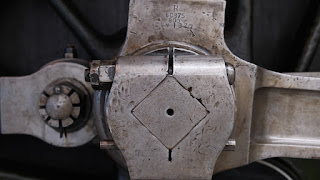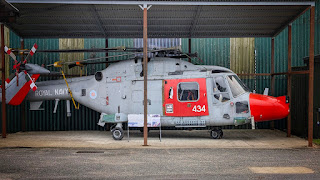It has been a week of making a little progress on many things. The net result is that the progress isn't yet that visible.
I've refined the Dark Hall station shelter a little. I'm still not sure it isn't heading to the bin with lessons learned.
The first of the Kato Circus modules is getting there. I need to refine the stone carving, give it a few washes and add the static grass. I want to add a very simple background element, like a bare windswept shrub, to give the impression of a line running beside an estuary.
I've been clarifying the composition of Gerralt Rd. The main change has been to extend the limekilns to give the impression that something is offstage to the side.
I suspect I'm going to rebuild the bridge on Dark Hall, to be more like the prototype.
On Saturday, we found a brief window to take the dogs to Rudyard to see Elizabeth, the Exmoor S/O loco that used to run at Poole, in service.
It also gave me a chance to thank Adam for arranging the final disposal of the track from the ELR, which has now become the basis of a portable railway, in support of the Foxfield Miniature Railway.
Seeing it go felt very much like the end of an era.

.jpg)








.jpg)
















.jpg)
.jpg)














































